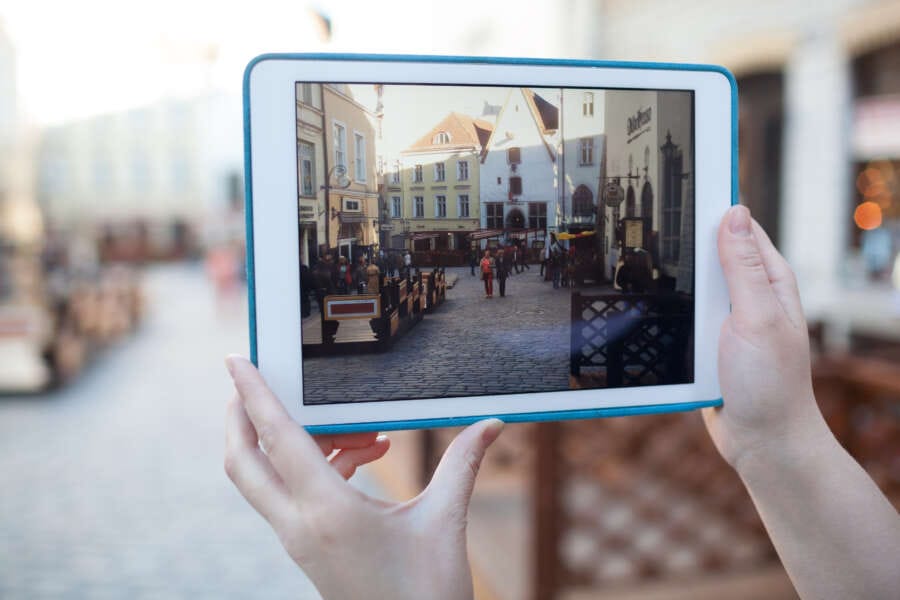
By Steve Wheen, Founder & CEO, distillery
The way we approach advertising may be unrecognisable from the processes of a century ago, even a decade ago, but the basics remain the same as ever. While the modern marketer is empowered by data and insight, it is creativity and the strength of a brand’s content that has always been, and will forever remain, the differentiator when it comes to great results.
But with the sheer quantity of content out there, how do brands ensure their work is seen by the right people, in the right environment, and is working hard to convert their messaging into sales?
Video content is a broad term that can encompass anything from viral memes to public health messages to inspiring or educative short films. However, in its purest sense it remains one of the most powerful forms of marketing today and it is therefore critical that brands and agencies understand how to incorporate video into their long term marketing strategy.
Using video to drive organic traffic to a brand website is undoubtedly a winning approach. That way you know the people landing on your site are responding proactively to relevant content and are acting on an existing emotional connection – albeit a potentially small one. In the cut throat world of advertising this should be considered a victory.
Repeat exposure to quality, tailored content from a brand, however overt or implied, plays an important role in building familiarity and, in turn, driving brand preference over unfamiliar alternatives. Whilst this is, admittedly, a case of playing the long game, it is proven to be effective and is the reason putting budget behind the discovery of content is essential.
Paid search and the SEO-optimised promotion of videos in response to organic searches is a beneficial way to drive views of strong content in the right environment, but it is not a necessity if the right approach is taken from the outset.
Ultimately a brand will earn positive association with a consumer if it is adding value, either in the form of helpful content (answering questions relevant to the brand), inspiring content (maybe a rallying cry in support of a social movement), or in the B2B space how a brand or product has helped a business reach their goals, or even simply occupying micro moments (perhaps to cure boredom or sadness). In every case, environment is second only to quality of output, and that is entirely in the hands of those signing off the media plan.
Therefore when it comes to the media plan, agencies should be mindful of the importance of the longer term strategy. By investing in the Hub and Hygiene content – day to day messaging that keeps a brand on the consumers’ radar and front of mind for their specific service, product or message – they will build a stronger and more long-lasting connection.
The Hero content – the beautiful pieces of creative in which they have invested a more significant proportion of budget – will then work harder as it will be supported by pre-existing awareness.
By taking consumers on a journey with content that is impactful, adds value and is relevant, is designed to inspire sharing and/or active engagement, and hosted in the right place – it should grow organically without the need for significant promotion, if any. If it exists to serve people when and where they need it, addressing needs or wants of the consumer and optimised to key search terms or hashtags, organic growth is a given. YouTube is so often seen as the dumping ground for video content, yet harnessing the power of the world’s second largest search engine can have incredible results.
The key to successful organic growth of any campaign messaging is for the Hero content to do more than sell a product or service. One option is for brands to inspire the public to create content for them, through mimicking or copycat videos, or to engage in easily accessed branded experiences that encourage participation and sharing, such as the personalised Coca-Cola bottles.
The role of social media in strategies like this is key; as a society we are naturally drawn to meaningful content that connects with us on an emotional level, be it simple humour or the recognition of something deeper. The organic spreading of early paid content is an inevitable consequence of a strong, well planned and carefully targeted piece of video content.
And, should brands wish to invest more heavily in some paid promotion of their Hero pieces, any leg work that has already taken place on social or via ‘always-on’ messaging should ensure their spend will go further.
The options for video-based campaigns are vast, but that does not mean they should be approached without as much attention, foresight and planning as any other form of advertising. The potential for organic growth is huge but requires a nuanced understanding of how every element of the strategy fits together.


